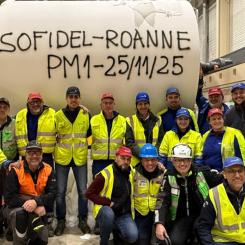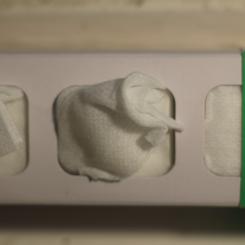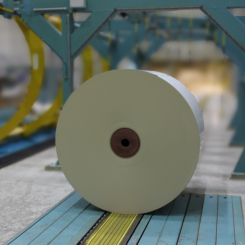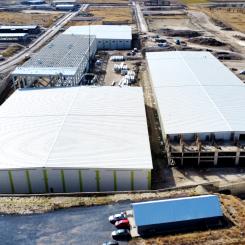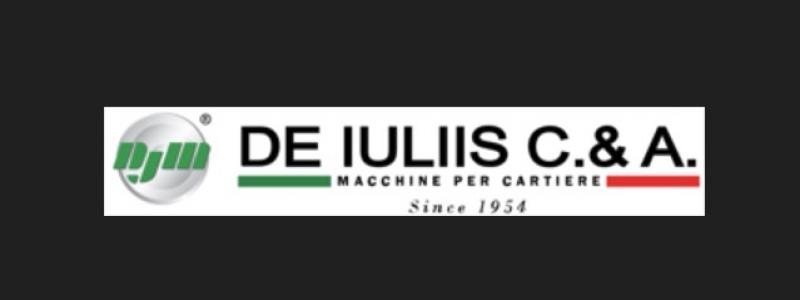The 2013 Marcus Wallenberg Prize is being awarded to Professor Derek Gray of McGill University, Montreal, Canada, for his pioneering study of nanocrystalline cellulose (NCC). The official announcement is made by the Executive Secretary of the Foundation on 14 May at the opening session of the first FIBRE Network conference held in Cornwall, Ontario, Canada.
Through his research, Professor Gray has shown that cellulose crystals in water suspensions align spontaneously in a specific pattern, in turn creating unique optical properties. Like the iridescent wing sheaths of a beetle, films of these aligned cellulose crystals can change colour depending on the angle from which they are viewed. This discovery has extended the boundaries of the uses of forest raw material and in so doing has created the potential for a series of new products in the forest industry. Gray’s research has inspired researchers throughout the world to intensify their studies of nanocellulose and its possible applications. Research into NCC will pave the way for brand new business opportunities for the forest-based industry, separately or in partnership with other sectors.
The chiral nematic structure of NCC resulting in unique optical properties similar to what is found in the brilliant iridescent colours of beetle exoskeletons.
Professor Gray discovered that NCC can form stable crystalline phases in water when present in sufficiently high concentrations. By forming solid films of these crystalline cellulose suspensions, it is possible to produce films with unique optical properties in wavelengths representing visible light. These ordered structures can be modified and controlled to create fascinating and unique properties, including polarizing mirrors, lasers and optical security systems incorporating pigments or thin films that show different colours depending on the angle from which they are viewed. It is not entirely surprising that such properties are already found in nature, for example in the iridescent wing sheaths of many beetles.
Gray’s research has opened up opportunities to use wood-based cellulose in a whole series of new, value-creating applications. For example, nanocellulose has a very high specific surface area. This makes the material highly attractive as a raw material for various types of porous material, as well as for nanofibre-reinforcement of various types of composite material through surface modification by nanocellulose. Other possible uses may be identified in a range of product areas; these include application of films in “intelligent” packaging materials, printed electronic circuits on paper, surfacing and filler materials that create possibilities for brand-new characteristics for paper and paperboard, new high-technology composites for the construction industry, components for the automotive and aviation industries, new materials for reinforcement or repair of the skeleton, additives for paint, pigments, inks and cosmetics and iridescent or magnetic films.
The list of possible applications is seemingly only limited by the imagination. This has inspired researchers throughout the world to intensify their studies of nanocellulose and its possible applications. Research into NCC will clear the way for completely new business opportunities for the forest-based industry, separately or in partnership with other sectors of industry.
Cellulose consists of both crystalline and amorphous elements. The amorphous elements can be removed via several types of chemical reaction, such as hydrolysis. The process results in the release of nanocrystalline cellulose (NCC). NCC consists of rigid, needle-like cellulose crystals, measuring 3-10 nm across and 100-300 nm in length. Gray’s discovery originates from basic research findings reported in 1951 by Bengt Rånby at Uppsala University and in 1959 by Robert Marchessault and others at McGill University, Montreal.







